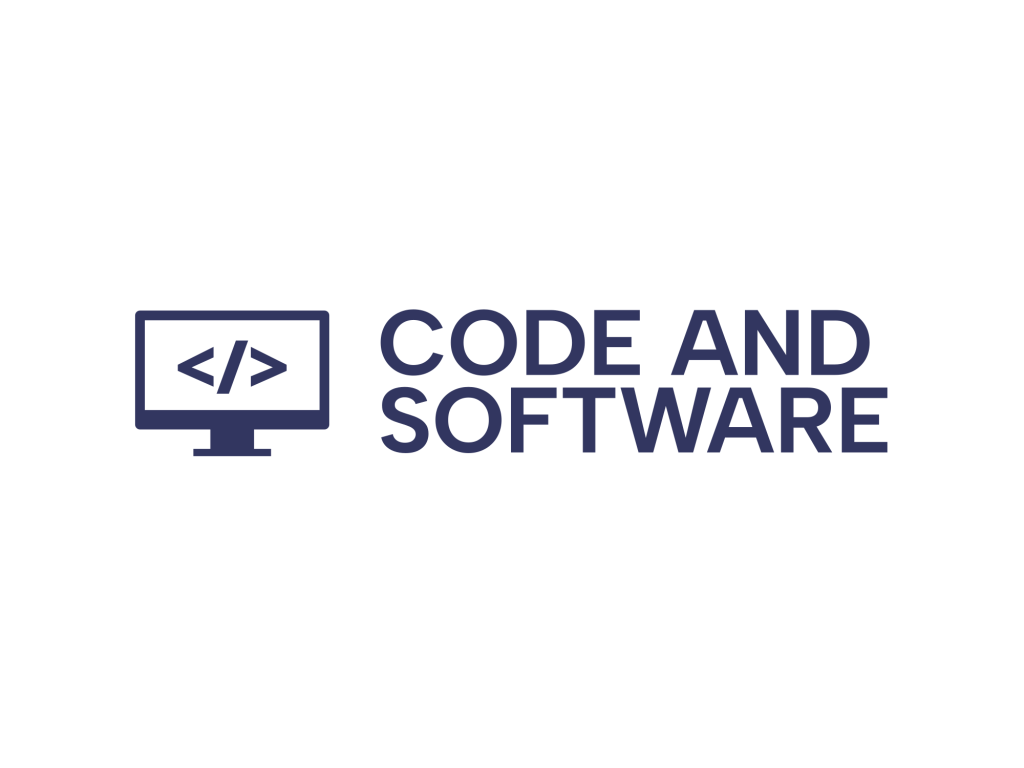Let’s face it—building a perfect ecommerce tech stack sounds exhausting. Endless integrations, bloated dashboards, shiny tools that do 90% of what you need—only after a 500-hour tutorial series. But what if we told you that you don’t need to be a tech wizard or spend months in spreadsheets to create a lean, mean, revenue-churning machine? Welcome to the lazy marketer’s guide to a winning ecommerce tech stack—where less effort doesn’t mean fewer results.
The Lazy Philosophy: Do More with Less
The key to being a strategic yet, yes, “lazy” marketer is to spend your energy choosing the right tools—not managing every tool under the ecommerce sun. A well-crafted tech stack should be:
- Lightweight: Only the essentials that bring actual value
- Integratable: Tools that talk to each other seamlessly
- Automated: So you don’t have to micro-manage every process
With that lazy-but-lucrative framework in mind, let’s look at the core components you really need.
1. The Ecommerce Platform (Duh, But There’s a Catch)
If your ecommerce site is a house, the platform is the foundation. But the wrong platform will have you constantly patching cracks. For a plug-and-play experience, the lazy marketer should look for:
- Built-in SEO optimization (why struggle with external plugins?)
- One-click integrations to payment processors
- Templates designed for conversions
Recommended lazy picks: Shopify for simplicity and lots of plug-ins, or BigCommerce if you want scalability with fewer third-party apps.

2. Email Marketing Automation: Set It and Semi-Forget It
For a lazy marketer, email automation isn’t optional—it’s sacred. The right email marketing tool should help you:
- Recover abandoned carts without lifting a finger
- Personalize product recommendations based on user behavior
- Drip campaigns for new subscribers and loyal fans alike
Top lazy picks: Klaviyo (seamless Shopify integration and killer personalization tools), or MailerLite for cost-effective automation without a tech degree.
3. Analytics and Reporting: Smart, Not Complex
We’re marketers, not data scientists—and the tech stack should reflect that. Your analytics tools should provide:
- Visual dashboards that tell a story quickly
- Real-time performance tracking of products and campaigns
- Funnel analysis to identify where users drop off
Go-to lazy picks: Google Analytics 4 (still king but getting complex), or add Triple Whale for ecommerce-specific dashboards and baked-in attribution models that don’t require a headache to set up.
4. Customer Support Stack: Your Silent Brand Hero
Great customer service doesn’t need a 24/7 human team. Smart support tools can reduce your workload while elevating the buyer experience. You’ll want support tools that can:
- Automate FAQs and returns
- Provide live chat with bot assistance
- Visualize all customer communication in one place
Lazy-favorite tools: Gorgias (specifically made for ecommerce), and Zendesk for more advanced, customizable workflows.
5. Social Proof and Reviews: Let Your Customers Do the Talking
Lazy marketers love user-generated content because, well, your audience does the work. Social proof increases conversions, period. Your stack should let you:
- Collect and display product reviews automatically
- Use real-time purchase notifications as social proof
- Include customer-generated images on product pages
Set-it-and-forget-it gems: Loox or Yotpo for visuals and video reviews, and Fera for social pop notifications and urgency tactics.

6. Ads & Retargeting: Outsource Your Brain to Algorithms
Running ads manually requires time and constant monitoring, which is not on the lazy marketer’s to-do list. Instead, choose platforms or tools that optimize performance over time with minimal input:
- Facebook and Instagram Ads Manager with dynamic product ads
- Google Smart Shopping campaigns for hands-free reach
- Retargeting tools like AdRoll or Shoelace
Bonus lazy hack? Use AI-driven content generation tools to write better ad copy faster—then plug the results directly into your ads.
7. Inventory & Fulfillment: Automation = Sanity
You can’t sell what you can’t track. Even if you’re dropshipping or using 3PLs, inventory and fulfillment should be handled by tools that operate in the shadows while you enjoy your espresso. Look for tools that:
- Auto-sync inventory across channels
- Alert you of low stock before it’s too late
- Offer real-time fulfillment tracking for customers
Lazy legends: ShipStation for fulfillment automation, and Stocky (for Shopify users) to make inventory management less of a nightmare.
8. Headless Commerce: For the Ambitiously Lazy
This one’s for the “lazy but visionary” marketers. Headless commerce separates your front-end from the back-end so you can build ultra custom experiences without rebuilding your entire infrastructure. With the right APIs and a decent developer, you could:
- Deliver faster site speed for better conversions
- Customize checkout flows extensively
- Integrate seamlessly into mobile apps or content platforms
Tools to explore: Shogun Frontend, or go fully modular with Commerce Layer + your favorite CMS like Contentful.

9. Lazy Extras That Pack a Punch
Let’s wrap this up with a few bonus tools that act like sidekicks to your ecommerce empire, running in the background like loyal minions:
- Rewind: Backups for your shop, so you don’t lose everything due to a plugin gone rogue
- Hotjar or Lucky Orange: Heatmaps and session recordings without deep analysis needed
- OptiMonk: On-site pop-ups that actually convert
These don’t require constant tweaking but still deliver a steady ROI boost with minimal touch-up work.
Building It Step-By-Step (a.k.a. The Lazy Launch Checklist)
Even lazy marketers like structure. When putting together your stack, follow this simple checklist:
- Choose a solid ecommerce platform like Shopify
- Add marketing automation tools (email, SMS, retargeting)
- Layer on analytics and reporting for better decision making
- Introduce customer support systems with auto-response
- Set up social proof and review systems
- Connect inventory and fulfillment automation
The real secret? You don’t need to launch with all tools at once. Start with the essentials and stack smart over time.
Final Thoughts: Embrace Lazy Marketing (Smartly)
Lazy marketing doesn’t mean sloppy marketing. It means strategic minimalism: letting tech

